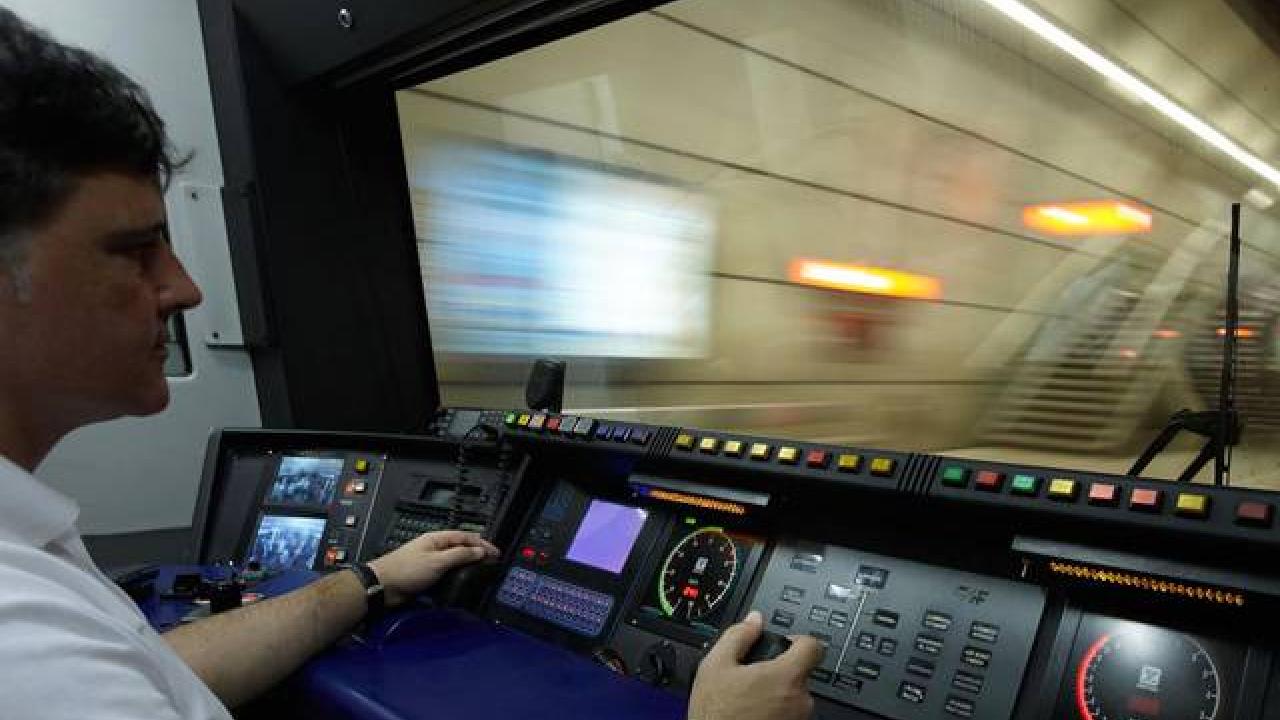Friday, January 15, 2016
What if the final step to integral training goes through focusing on people?
Today, transport companies around the world have solid technical training for their drivers. In addition, in more advanced countries, they are increasingly working with more rigour on the development of employees’ non-technical skills, and on their monitoring and measurement.
However, companies that wish to achieve excellence in the 21st century are exploring new ways to take a last step, which is not so much related to training, but to managing to transform employees through motivation, by reinforcing concepts, activating positive behaviours, individual responsibility, awareness-raising and commitment to corporate values. Very often, the difference is in the details.
We are human, and for this reason it might be necessary to consider that the last step for 100% integral training may be related to taking this fact into consideration. Taking a last step, placing the focus on people. And what do people seek? We like pleasurable experiences. Achieving goals, being recognised, helping, successfully completing tasks, etc.
Today, neuroscience has discovered that pleasure, positive emotions, along with the release of dopamine, intrinsically related to motivation, has a direct effect on the activation of behaviours and on achieving a faster and more long-lasting consolidation of information in the brain. This, along with the user’s freedom to choose when they wish to receive the positive stimulus, can help us to direct people in the desired direction.
This is now possible thanks to new technologies. The entertainment technology industry, the film or video game industries, have been investing resources to be more captivating or to have a greater impact on people. Today, it is well-known that the same principles that guide these fields, which at the end of the day are based on psychology, are also beneficial when applied in environments that are not related to games, adapting them to the specific needs of each company. These techniques have taken the name of Gamified Storytelling.
This philosophy is what the new Track to Safety proposal is based on. And it is the proposal that Lander uses to encourage railway operators to take the last step towards excellence in the management of their drivers’ skills.


